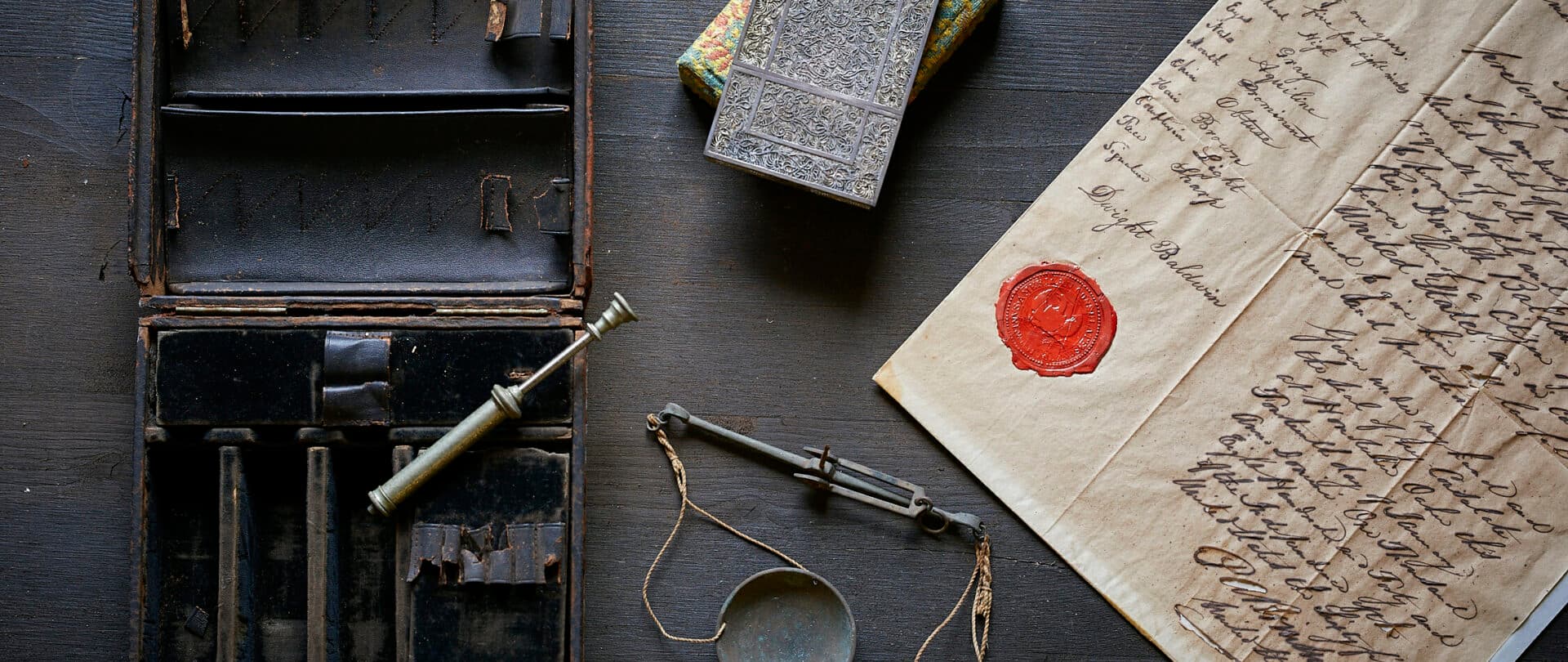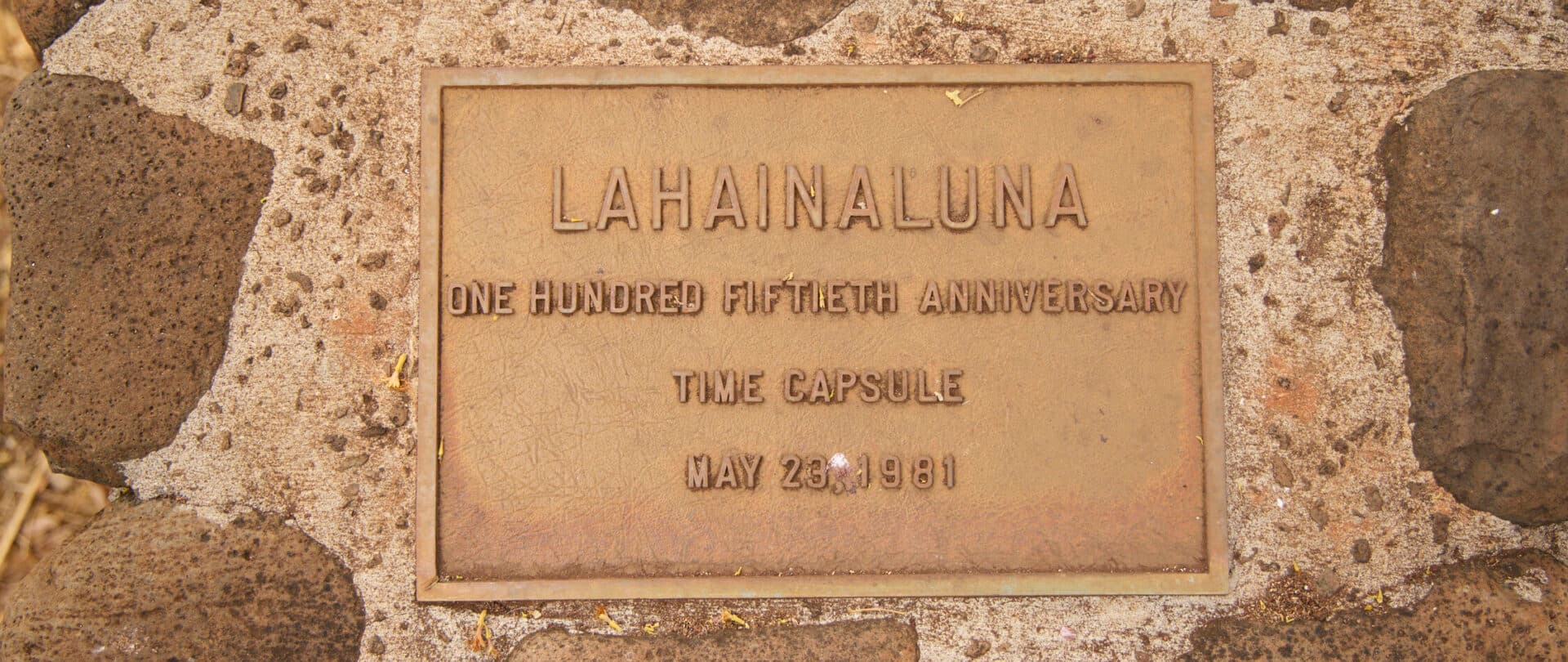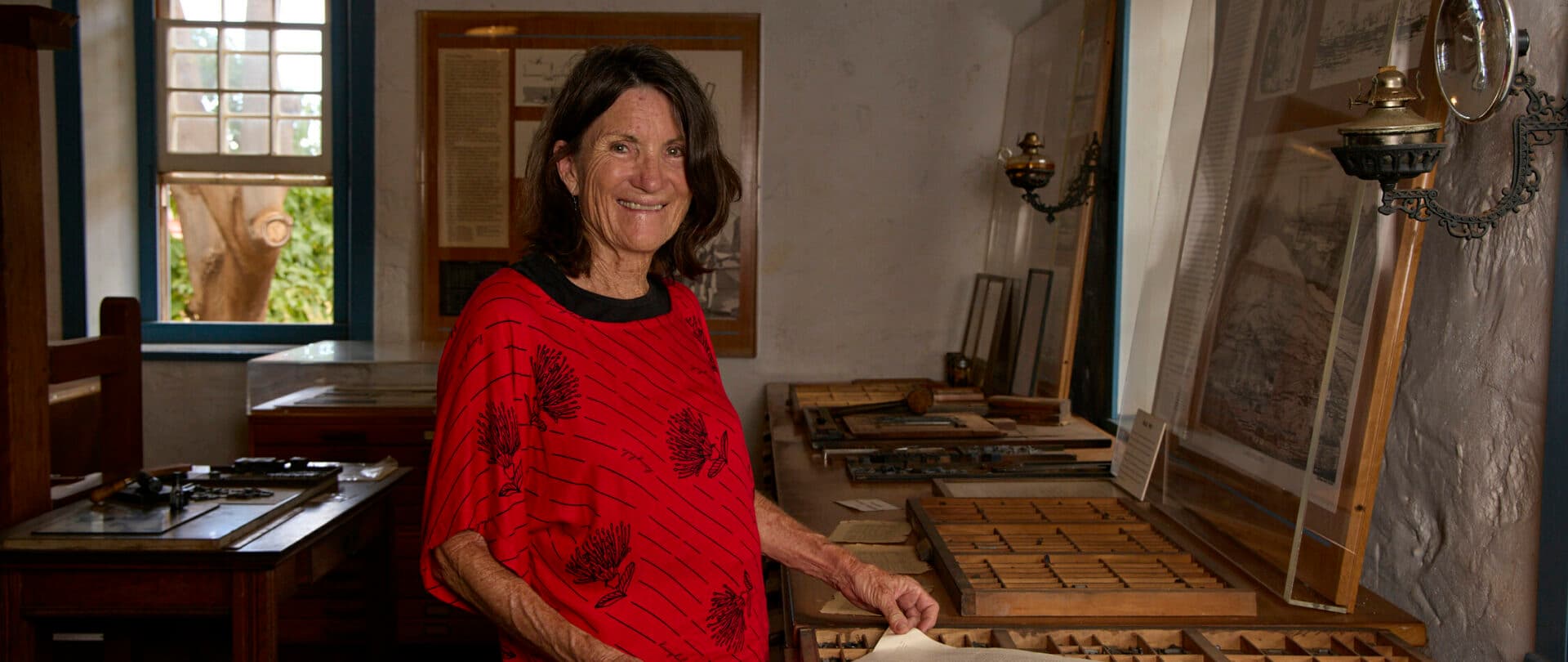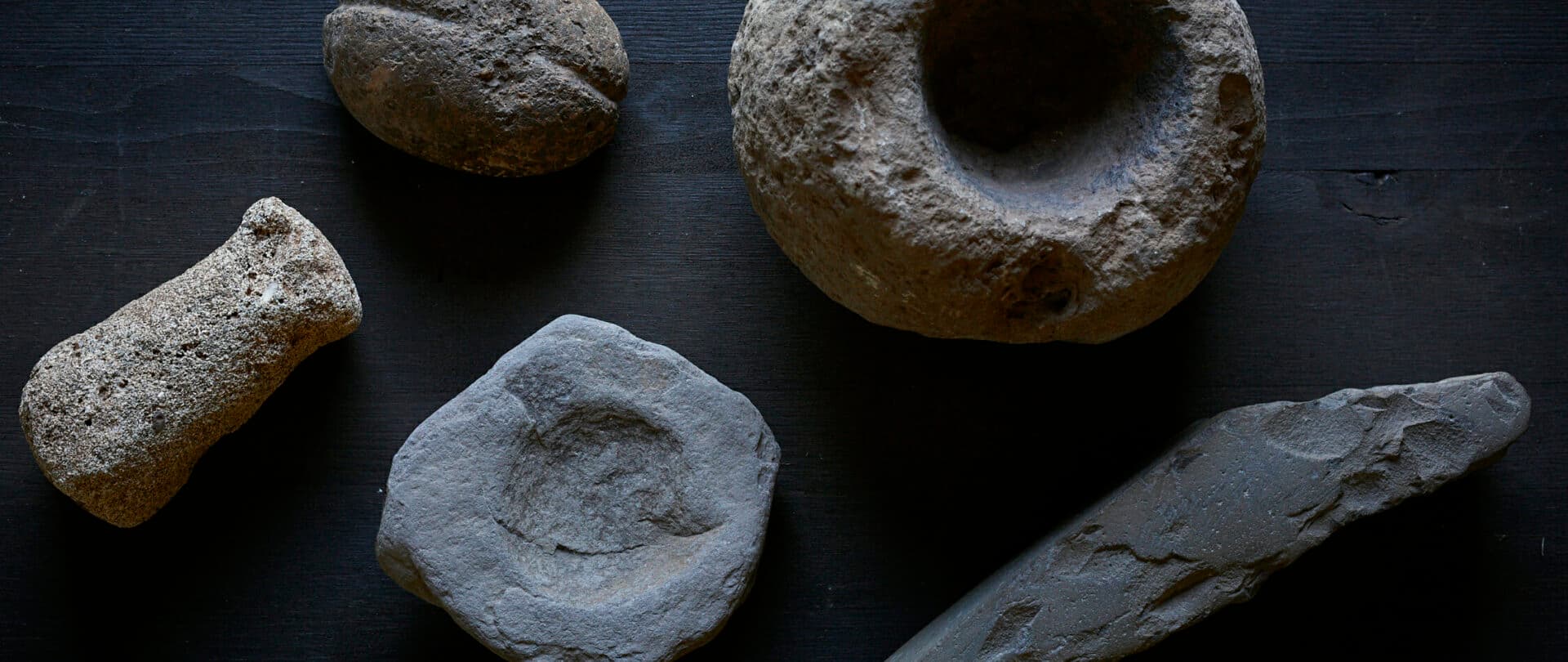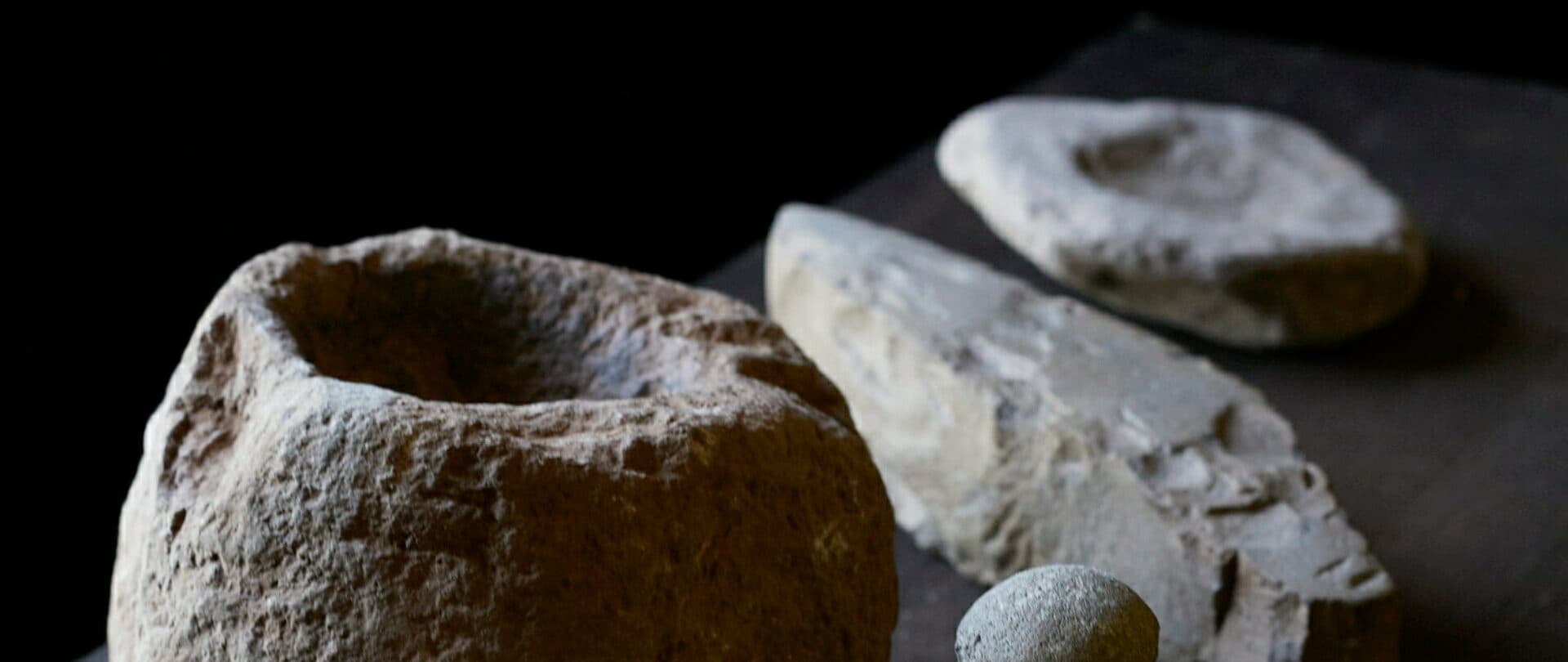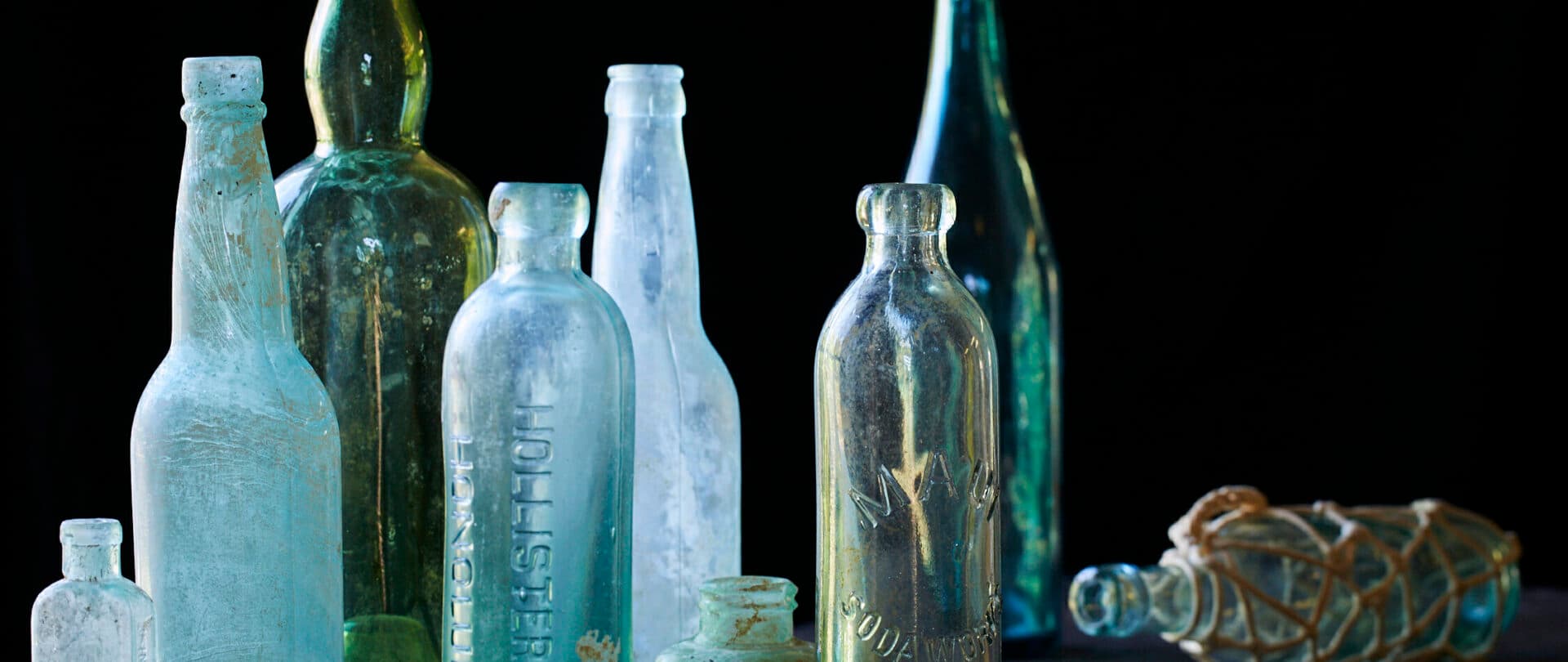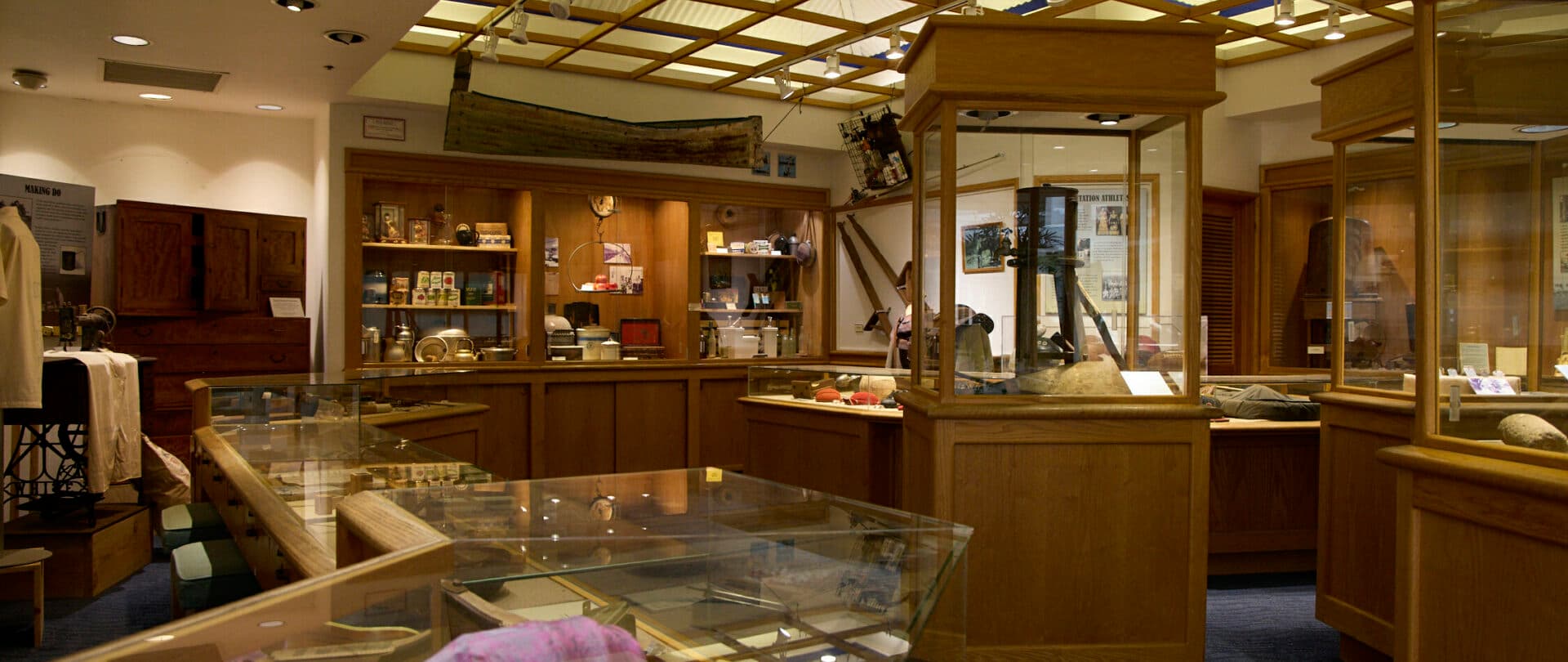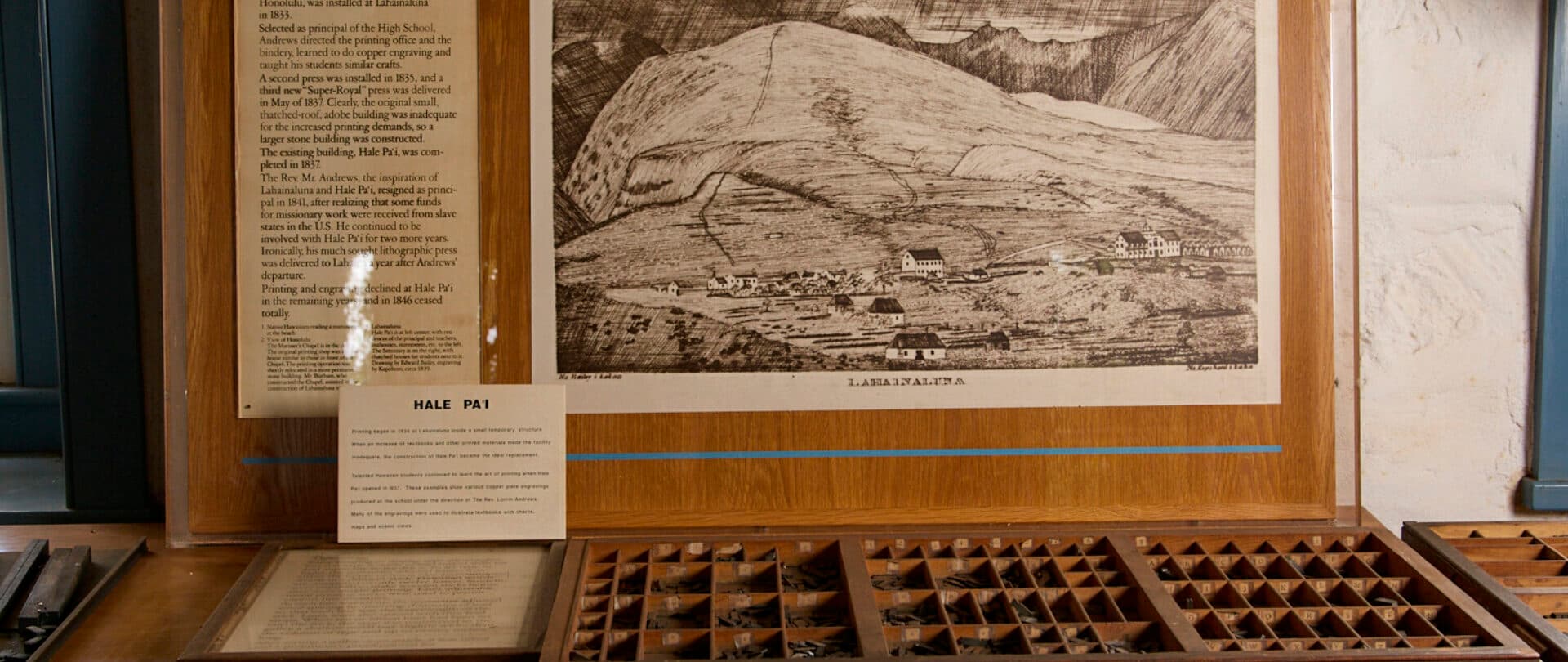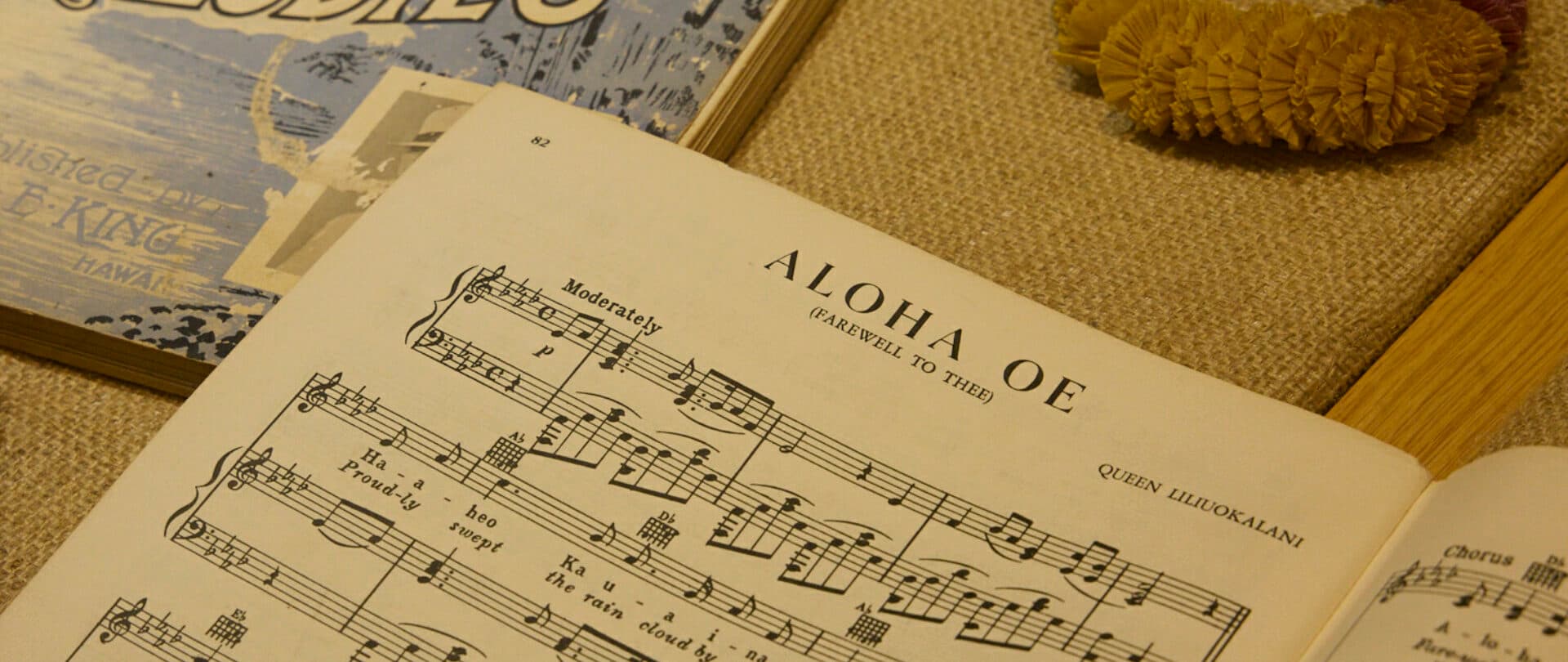Saving History
The Lahaina Restoration Foundation has been preserving the town’s storied past for over half a century—and its work has never been more important.
BY Dina Ruiz
Hoʻolehu —the Hawaiian word for “to reduce to ashes”—became a stark reality for most of Lahaina a year ago when an inferno brought incomparable loss and suffering on August 8th and 9th of 2023, decimating Lahaina town and taking the lives of 102 people. However, the non-profit Lahaina Restoration Foundation had already been working hard to preserve and protect the legacies of West Maui’s most famous town—a beloved home to so many and a magnet for locals and visitors. They are still working on ensuring a Phoenix-like outcome for the beloved community. The mission now is hoʻōla—“to recover.”
It’s not easy, and it won’t be. As long-time executive director Theo Morrison explains, she and her staff are working diligently through the hurdles and grief. “Our main focus is to begin the long process of restoring the eight historic buildings we own or manage. We are currently in the final stages of selecting a planning and design consultant to help us develop a Master Plan for restoring the buildings we are responsible for.” If you’ve been to the Lahaina of old, you know these buildings: The Baldwin Home Museum, the Old Prison Museum, the Old Courthouse...basically the entire historic district of the town. (Hale Paʻi, the printing museum, escaped the flames.) They’ll be back. Not soon, but with certainty. “We’ve never done this before. We’ve restored buildings, landscapes and parks, but never this amount of devastation, with enormous amounts of government red tape and paperwork. It’s all totally new.”
Theo Morrison still isn’t over the shock of it all. The fire took a heavy toll on her, her family and staff. “This past year has been very hard. This tragedy is ongoing and affects everyone on Maui, especially in Lahaina, in one way or another. Personally, I lost 35 years of my life’s work. It is devastating. I remember standing in front of the Old Lahaina Courthouse shortly after the fire. I just stood there staring at the ruins, not truly believing what I was seeing, as all the years of work I put into the building, including developing the museum, procuring priceless artifacts, hosting fabulous community events and so much more flowed through my mind.” But she and her staff carry on. Eight people run a foundation that was, pre-fire, staffed by twenty. Their new office, now located in Puʻunēnē, is too small to host the larger community events they were known for. But none of that gets in the way of the larger mission: Lahaina rising.
The Lahaina Restoration Foundation was established in 1962 when locals banded together to ensure future generations could respect and enjoy Lahaina’s storied past. What is known in modern times for its museums and shows, restaurants and people-watching was the capital of the Hawaiian Islands from 1820 until 1845, under the decree of King Kamehameha III. Artifacts such as ancient Hawaiian fishing tools, Chinese coins, ceramic bowls, poi pounders and body adornments were proudly displayed in buildings that survived weather, development and substantial community shifts for hundreds of years, only to be lost in the conflagration of 2023. Morrison only needs to use a few words to describe what’s left. “The bottom line is everything’s gone.” What remains includes a smattering of what was: some Native Hawaiian stone objects, ceramic missionary items, small ivory and bone artifacts from whaling ships and metal items from the plantation era. Everything saved has been meticulously cleaned, catalogued and stored until they can be displayed again.
Hope remains that at least a few more items—anything—will be recovered once the Army Corps of Engineers can work on the Foundation’s buildings. “Debris removal by the Army Corps is mostly completed for the homes and the commercial buildings, but the historic sites are not done yet. The buildings need to be shored up first. Once shored up, the Army Corps will remove the ashes by hand—not with a machine. They’ll use shovels and wheelbarrows. When they bring the ashes out, we can look again. But items didn’t just burn. They also fell, some from three stories high. It has rained severely since the fire. When water and lime mix, it turns to lye, so anything there is likely destroyed.” Also gone is the Foundation’s primary source of income, the paid parking lot behind the Baldwin House, which brought in a large chunk of their budget. It now sits empty among a charred landscape.
There are some bright spots. The group’s popular Hawaiian music series, a monthly outdoor community bonding event, has only missed one session—in August of 2023. It was temporarily moved to Wailuku but will now return to Lahaina as of August 2024. (You can catch it at the amphitheater behind the Lahaina Civic Center.) This is a small victory. On a larger scale, FEMA has ensured that 90 percent of the cost of rebuilding what is considered “public buildings,” such as the museums, will be provided by the government, as well as a 90 percent reimbursement of the modern contents of those buildings, like computers and office furniture. This is likely to take years. But once the first building stands again, a very special seat will be inside. It was located by chance and waits patiently for its new home.
“Recently, a friend sent me a notice from Craigslist for a koa settee. The listing said it was from Hale Aloha (one of the Foundation’s properties), which was, at points in time, an important community hall, a church and a school. People used to bring their chairs to church for their families to sit on. The settee was being sold in Wailuku. I bought it personally, with the idea that I would put it back in the Old Lahaina Courthouse with a story about Hale Aloha and how, in the 1800s, it was said to be 'The finest hall in the famous seaport town of Lahaina.'” I can envision the hall filled with people urgently discussing in Hawaiian the important issues of the day under the light of flickering kerosene lamps.”
Moving forward, Theo Morrison says that locals and visitors should be conscious of one thing: The Lahaina Restoration Foundation is in it for the long haul. “So many people are counting on us to keep going and get the job done. We will not give up, although we know it is a very long road ahead.” When days are long and the tasks seem insurmountable, Morrison and her team take solace in the love —the true aloha— showered on them from around the world. “Finding out how much the local, national and international community cares about historic Lahaina has been amazing. Their faith in our ability to restore the sites keeps us going.”
The Lahaina Restoration Foundation needs your help. To donate or learn about their efforts or volunteer opportunities, visit their website, lahainarestoration.org.
